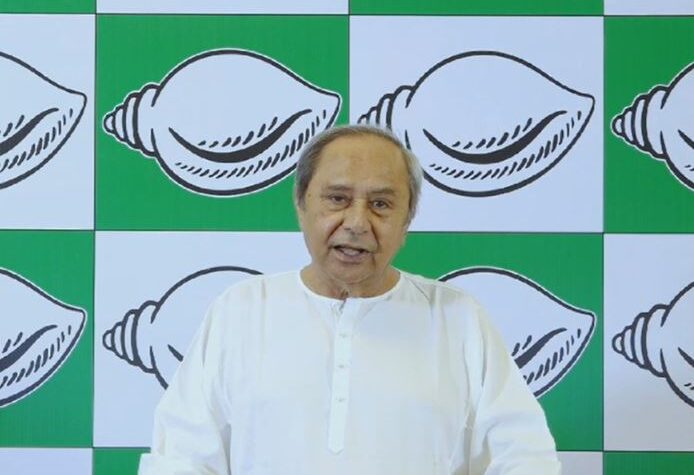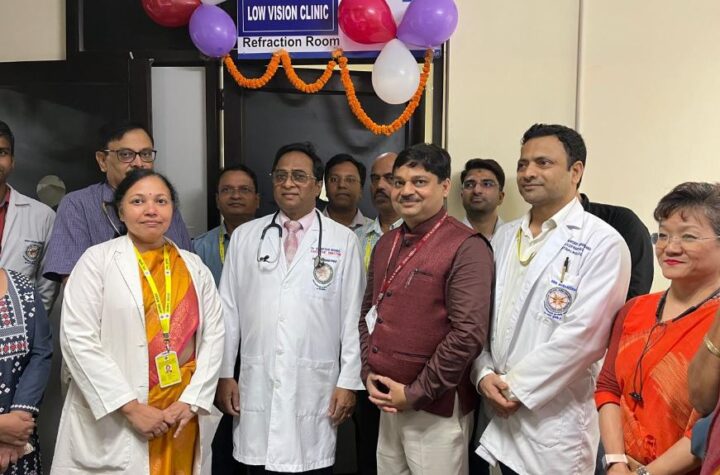The Narendra Modi government is undertaking a “saturation drive” to take the total number of farmerbeneficiaries under the Pradhan Mantri Kisan Samman Nidhi (PM-Kisan) to about 8.75 crore, from the current 8.12 crore or so.Ensuring that every eligible landowning farmer in the country gets covered under this flagship scheme isn’t a bad thing, both politically and otherwise. PM-Kisan’s welcome feature is that it is a direct income support (DIS) programme. Every farmer is paid a flat Rs 6,000 per year in three equal installments, irrespective of which crops she grows in whatever quantities and sells to whomsoever at any price.The Rs 6,000-amount is also indifferent to inputs used, whether chemical fertilisers and insecticides or organic manure and biological control of pests and diseases. In other words, it’s a subsidy that is not market-distorting or privileging chemicals-based agriculture over so-called natural farming. So long as every farmer who actually farms gets it, one cannot find fault with PM-Kisan.But even within this overall framework, refinements are possible. For instance, can DIS be given on a per-acre, rather than perfarmer, basis? The Telangana government’s Rythu Bandhu scheme provides farmers up to Rs 12,000 per acre per year. This, it is alleged by some, benefits rich farmers over smallholders. That’s perhaps an unfair criticism. Those farming larger holdings or growing more crops, after all, also incur higher expenditures. Such farmers, who are probably more dependent on income from agriculture than marginal holders, deserve extra support.The Rs 6,000 annual payment under PM-Kisan can be made on a per-acre basis up to a limit of, say, 10 acres. That would, to a great extent, address concerns over rich-versus-poor farmers. Nobody should grudge the “middle farmer” — who is responsible for much of India’s agricultural production and, indeed, national food security — getting something extra. In fact, state governments can top up the Rs 6,000 amount under PM-Kisan with an equivalent DIS, again as a per-acre transfer. It raises the question: Where will the money for moving from per-farmer to per-acre payments come from? The answer: By ending all market-distorting subsidies, whether on farm inputs (fertiliser, electricity and water) or output (government procurement of grain at high support price beyond necessary stocking requirements).The savings from that can be redirected towards PM-Kisan and state government-financed DIS schemes. For illustrative purposes, consider the Centre’s fertiliser subsidy alone, budgeted at Rs 1,75,100 crore. If this humongous amount were simply distributed among the projected 8.75 crore PM-Kisan beneficiaries, it would work out to over Rs 20,000 per farmer. Add savings from similar inefficient and environmentally-disastrous subsidies by states, and money shouldn’t be a constraint as much as political will. That’s a challenge the government that takes charge after the April-May 2024 elections must take head on
Exclusive
Breaking News
 Columbia University aakes back Deadline set for Protesters to Leave Campus
Columbia University aakes back Deadline set for Protesters to Leave Campus
 BJD Releases List of 3 Candidates for Odisha Assembly Elections
BJD Releases List of 3 Candidates for Odisha Assembly Elections
 Low vision clinic inaugurated at AIIMS Bhubaneswar
Low vision clinic inaugurated at AIIMS Bhubaneswar
 Urban education programme comes in handy for Odisha’s tribal, dalit kids
Urban education programme comes in handy for Odisha’s tribal, dalit kids
 Now country ‘aatank’ struggling for ‘aata’: PM
Now country ‘aatank’ struggling for ‘aata’: PM





More Stories
Columbia University aakes back Deadline set for Protesters to Leave Campus
BJD Releases List of 3 Candidates for Odisha Assembly Elections
Low vision clinic inaugurated at AIIMS Bhubaneswar